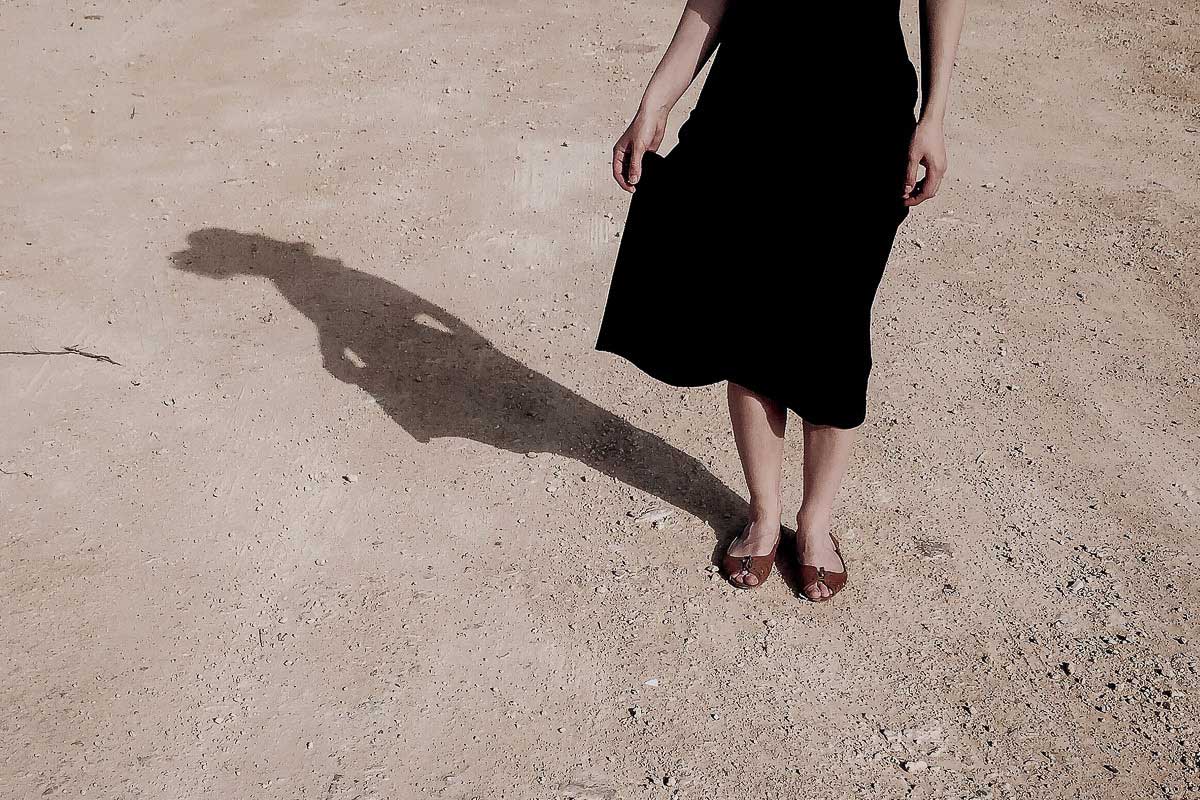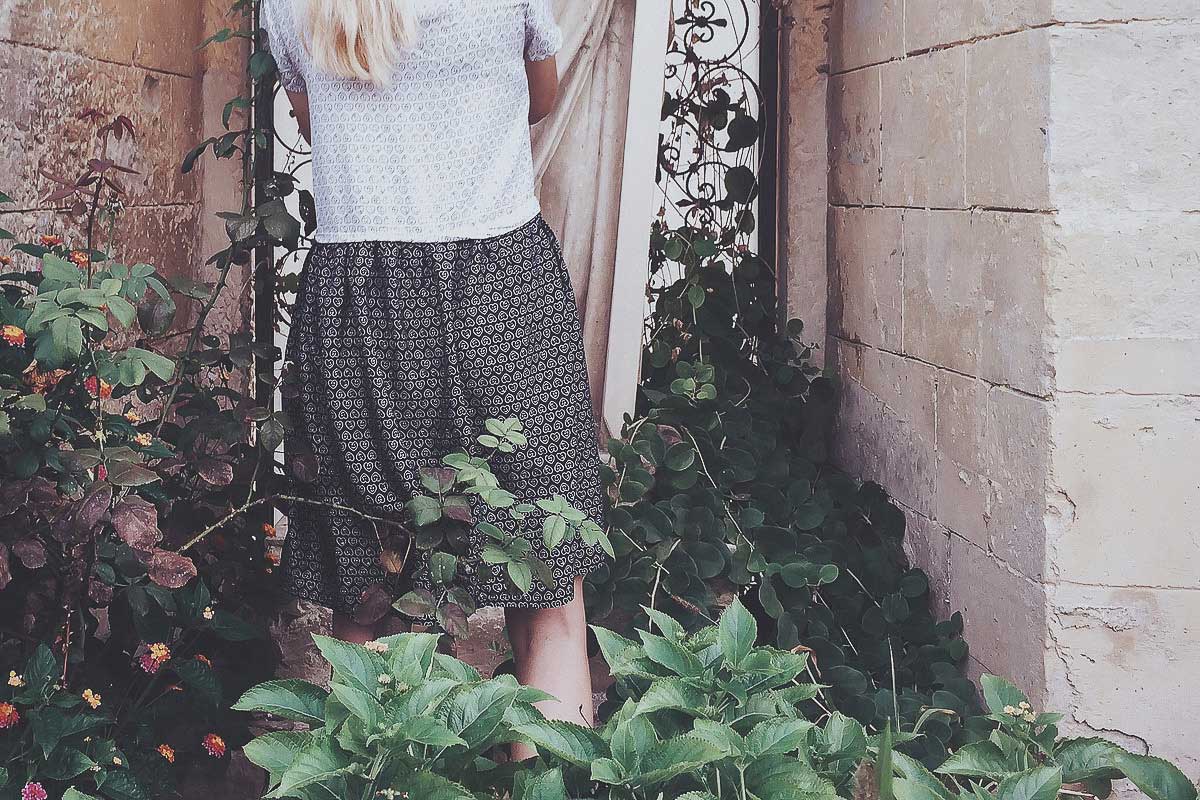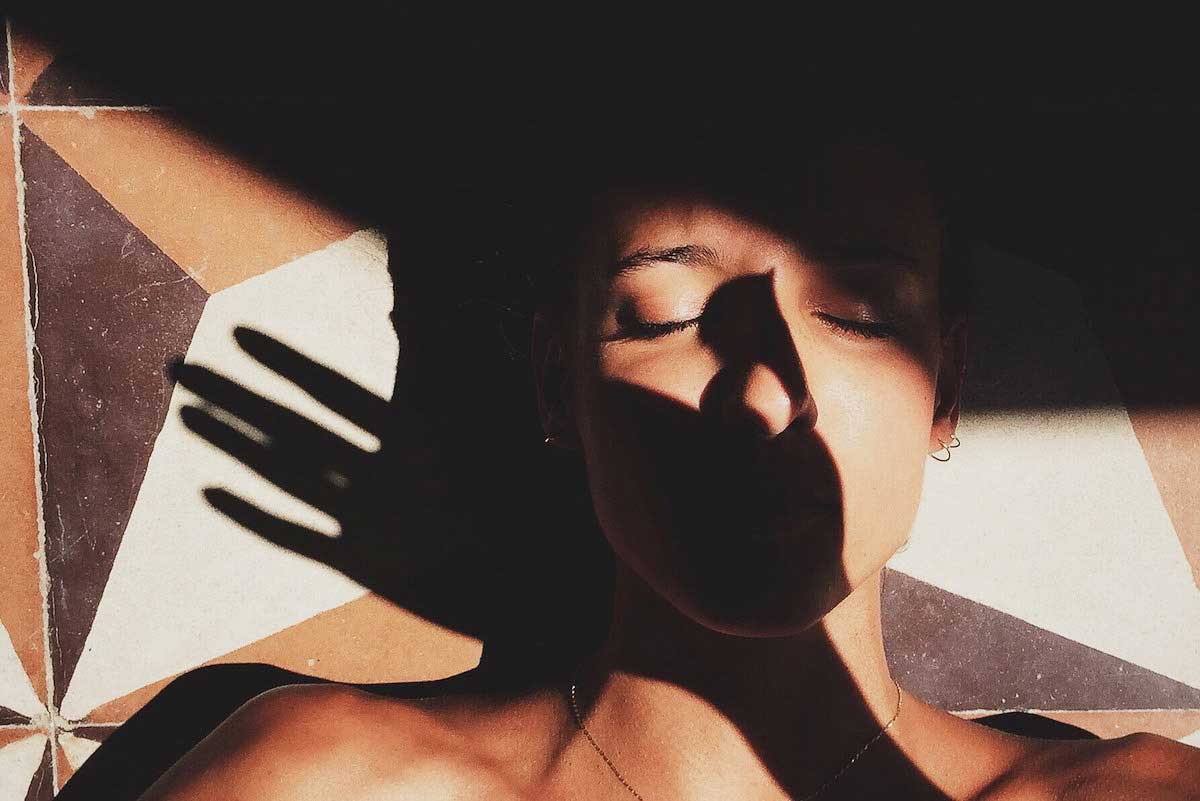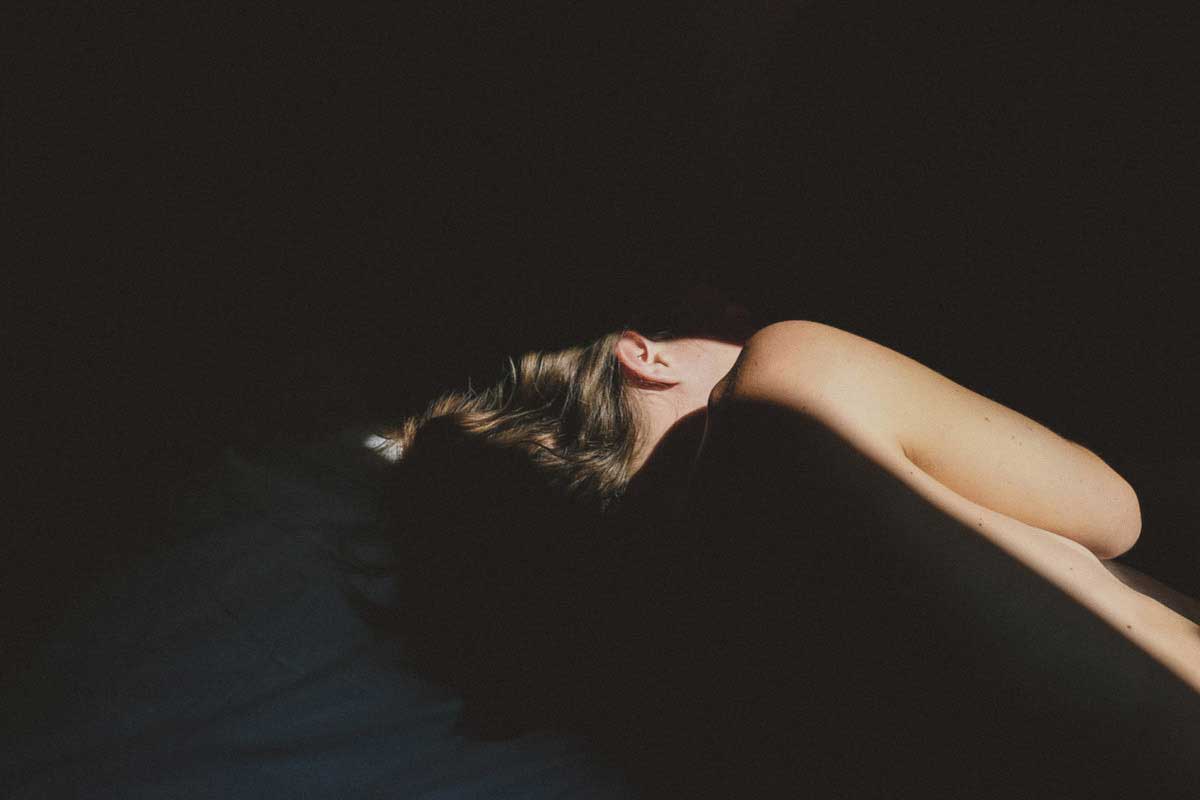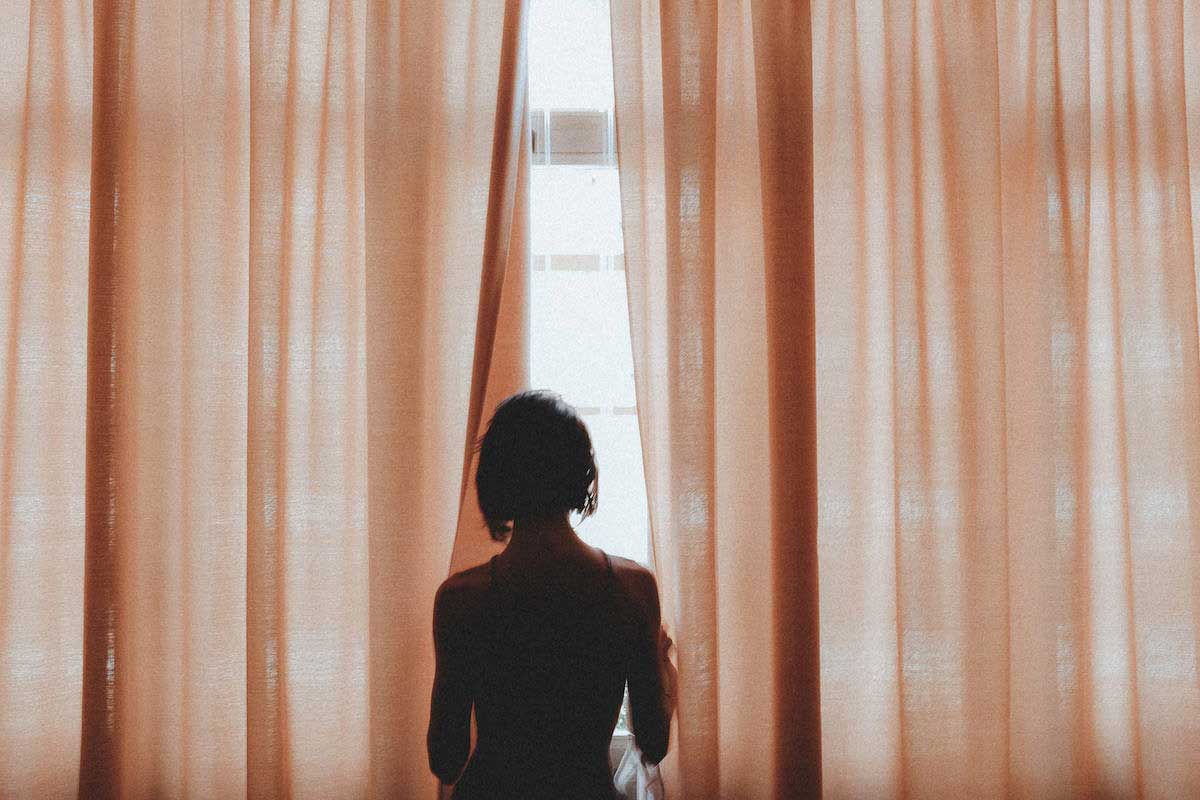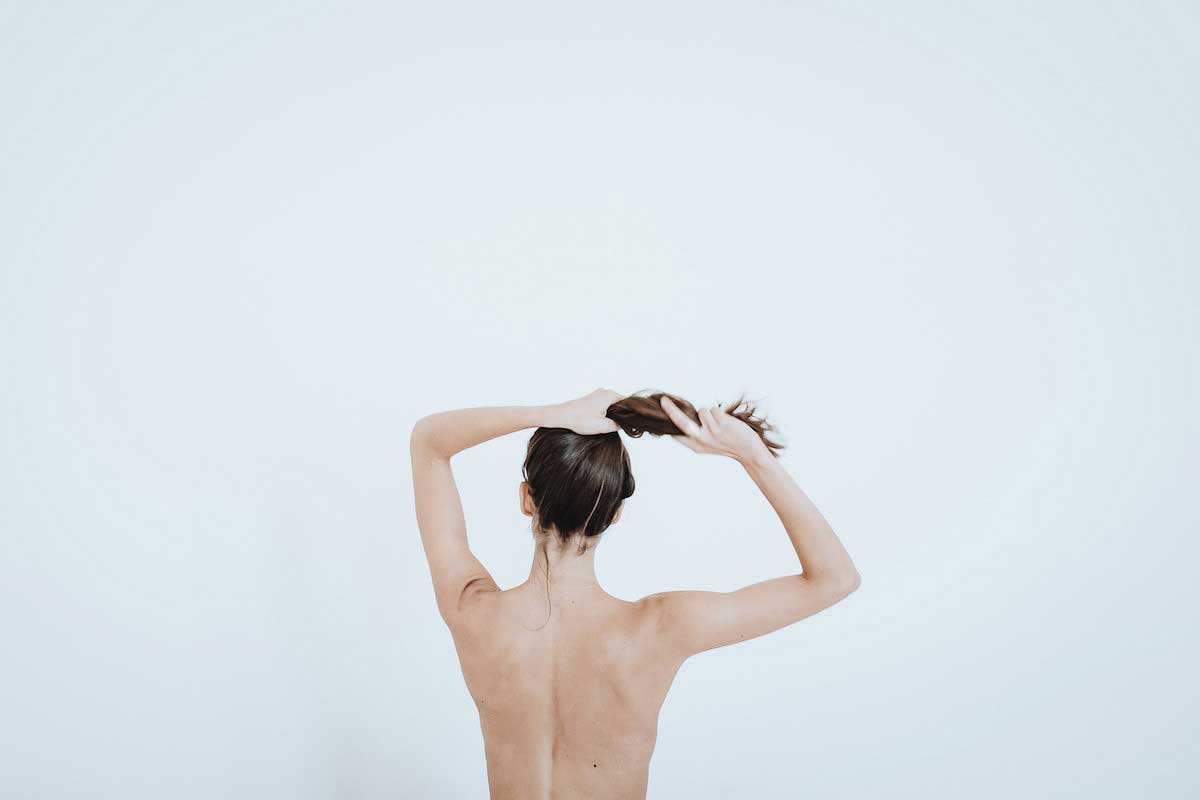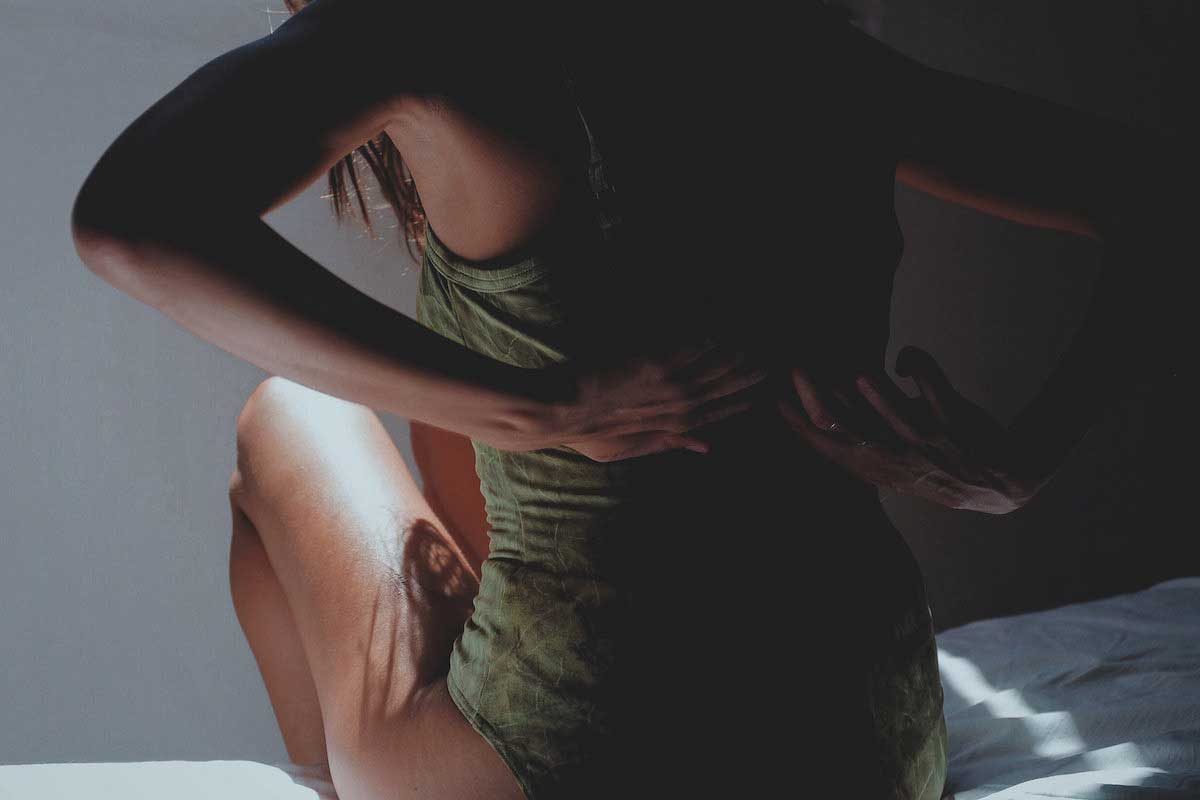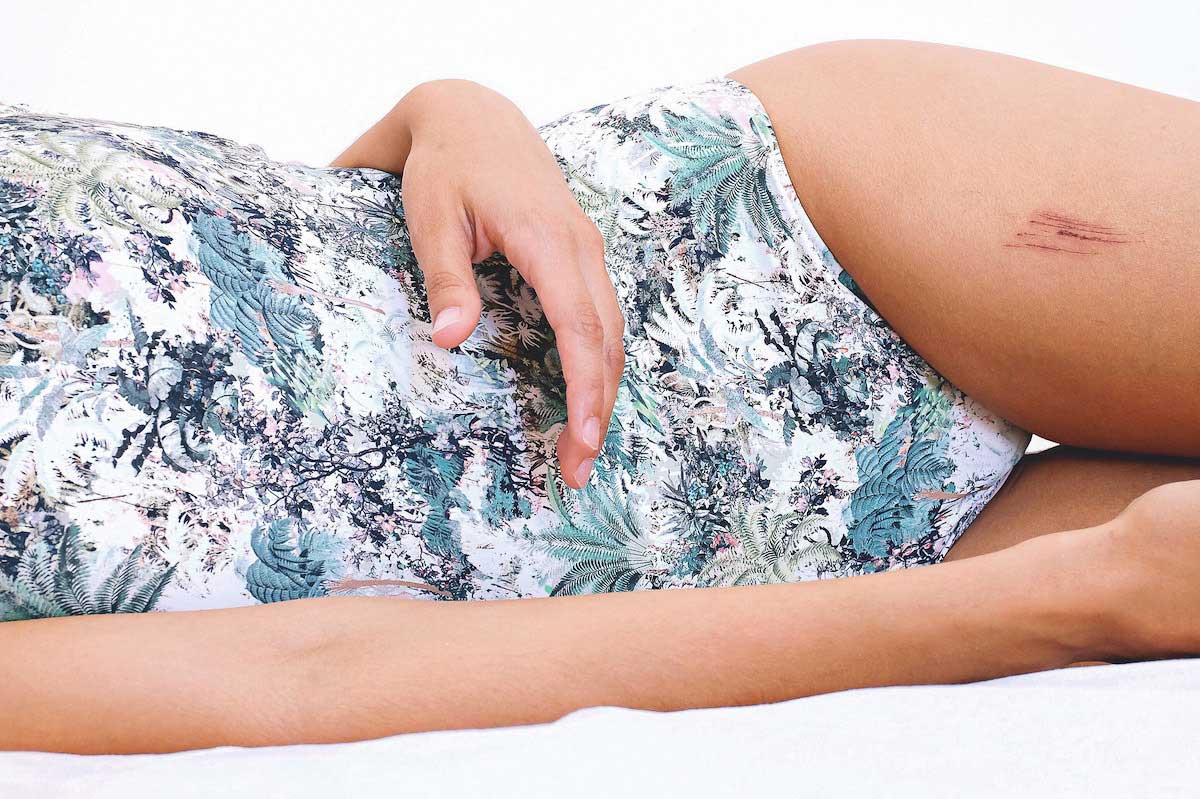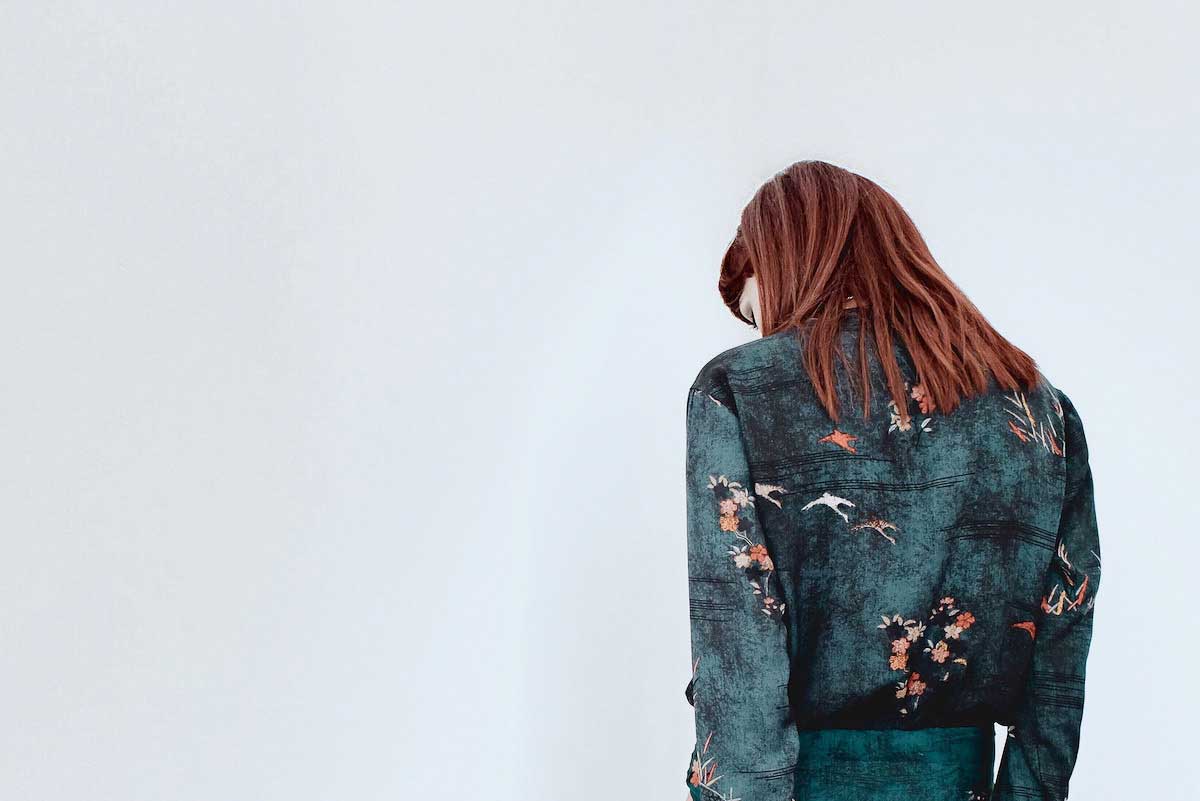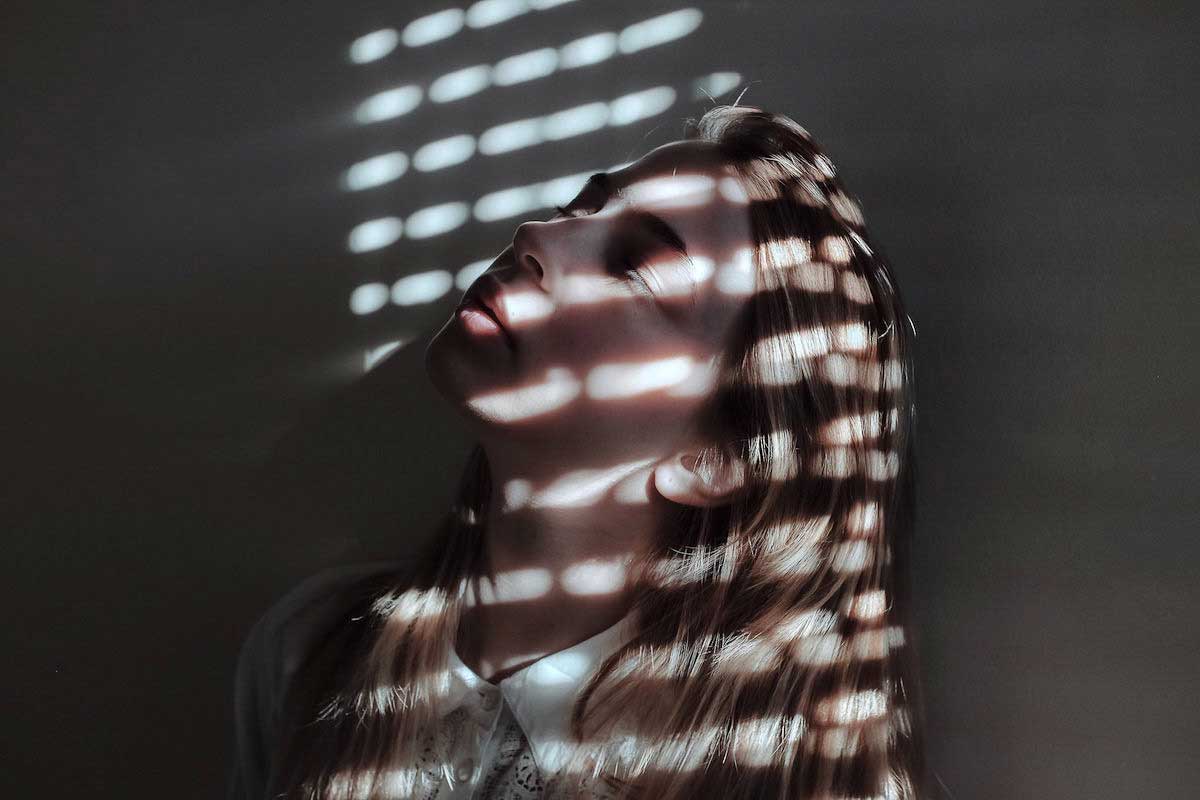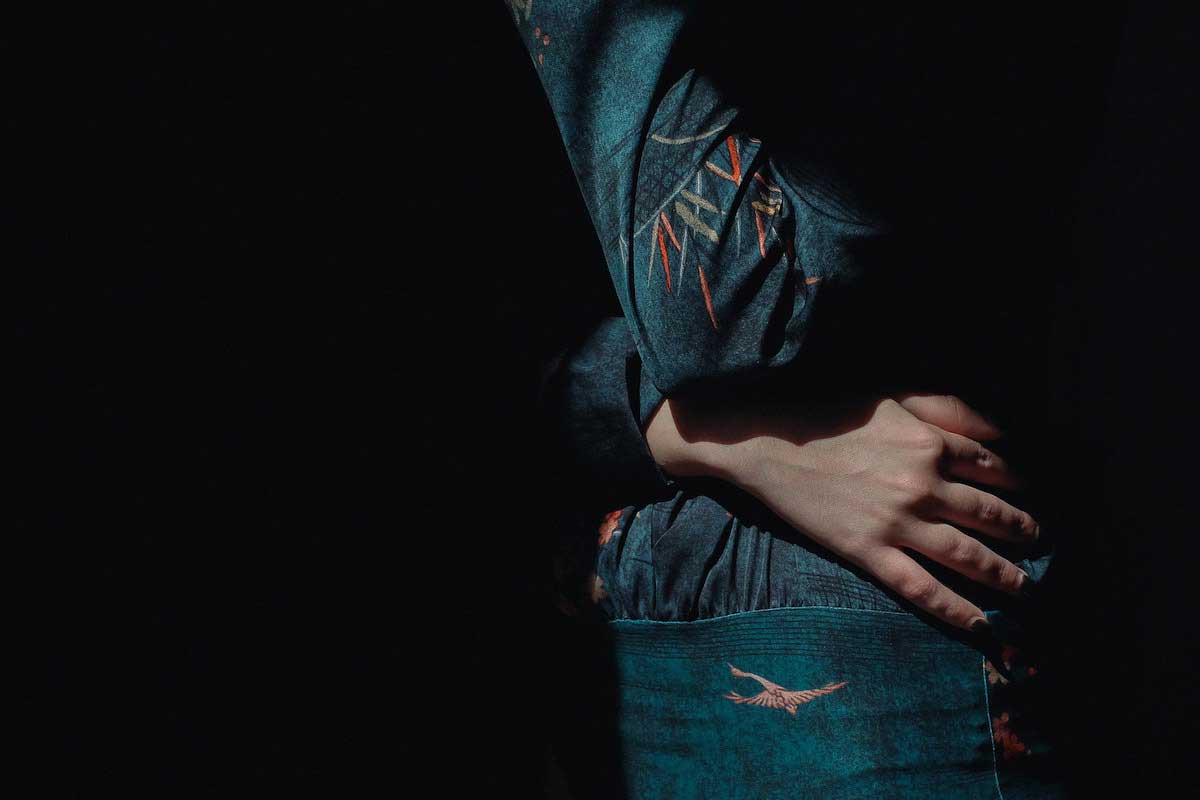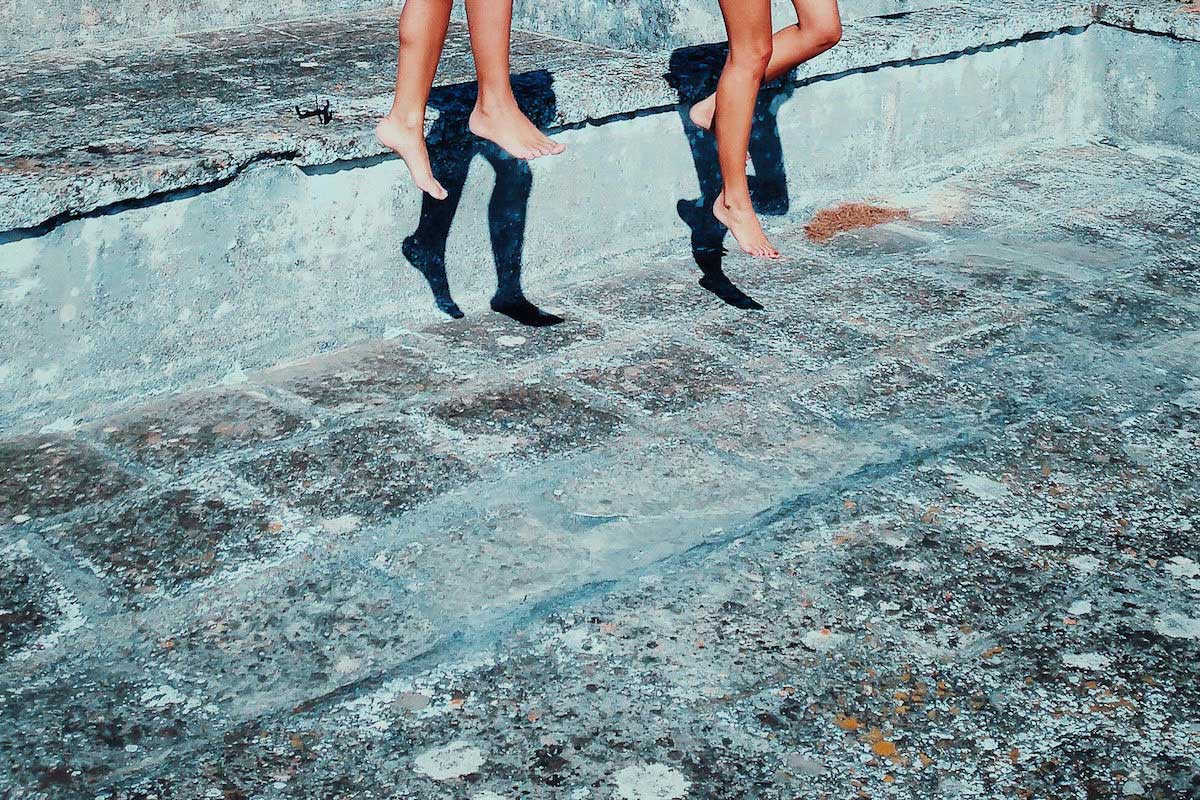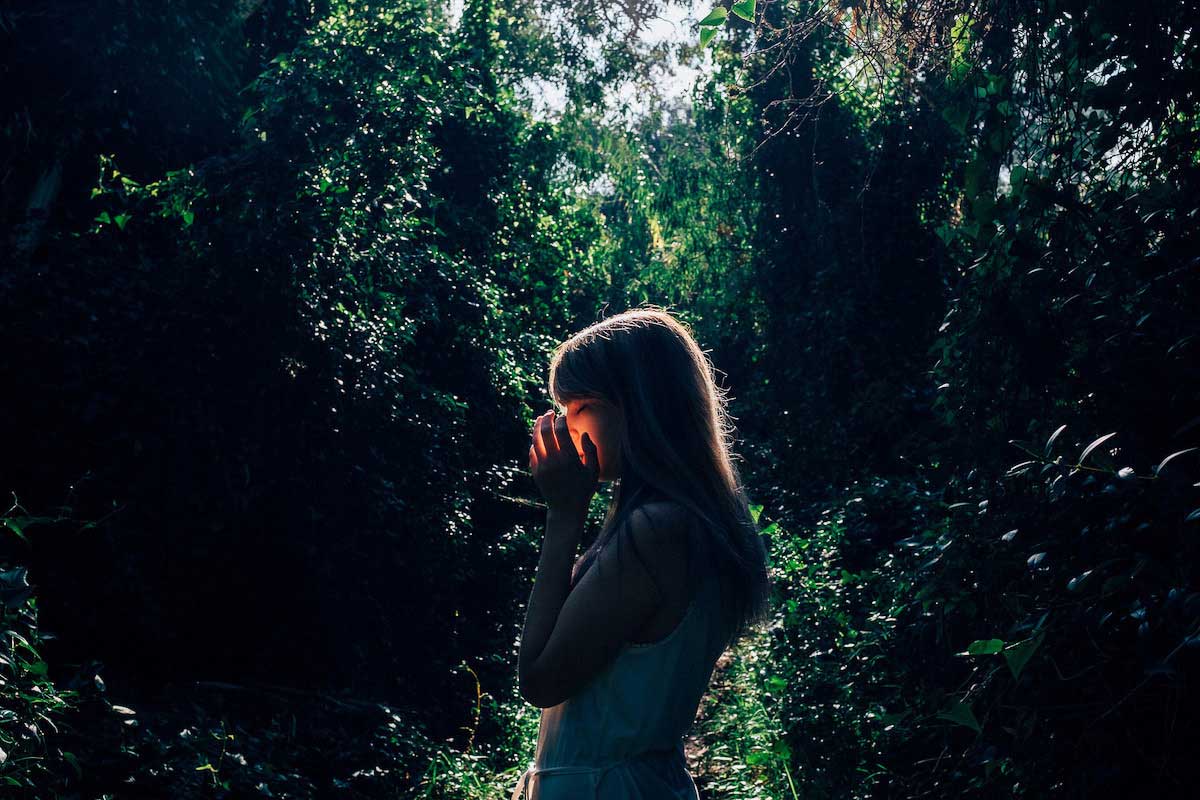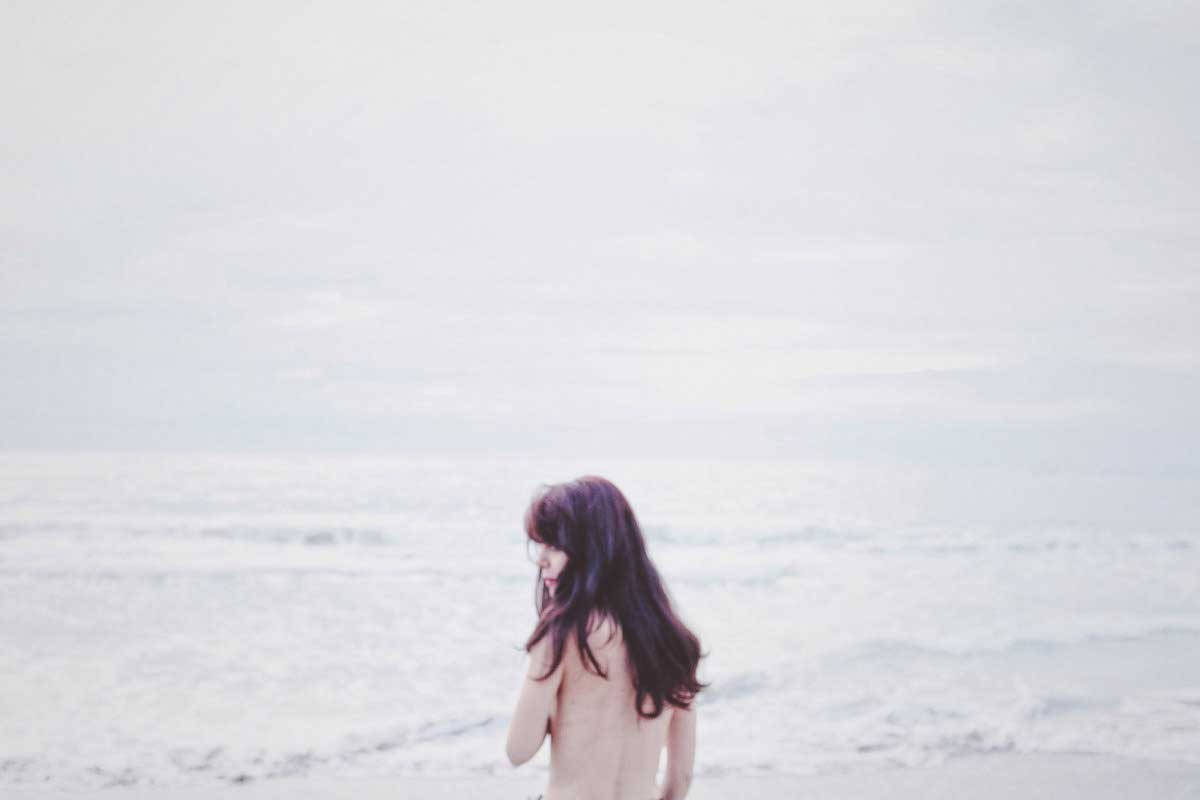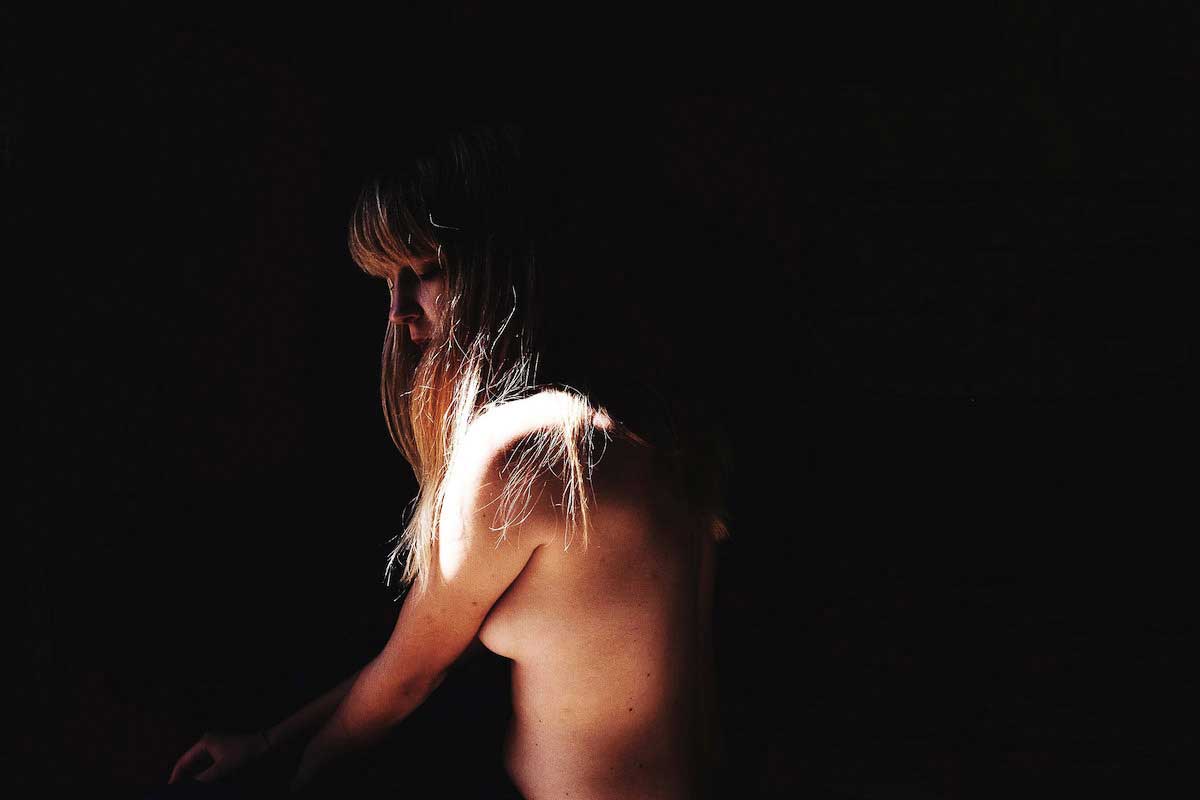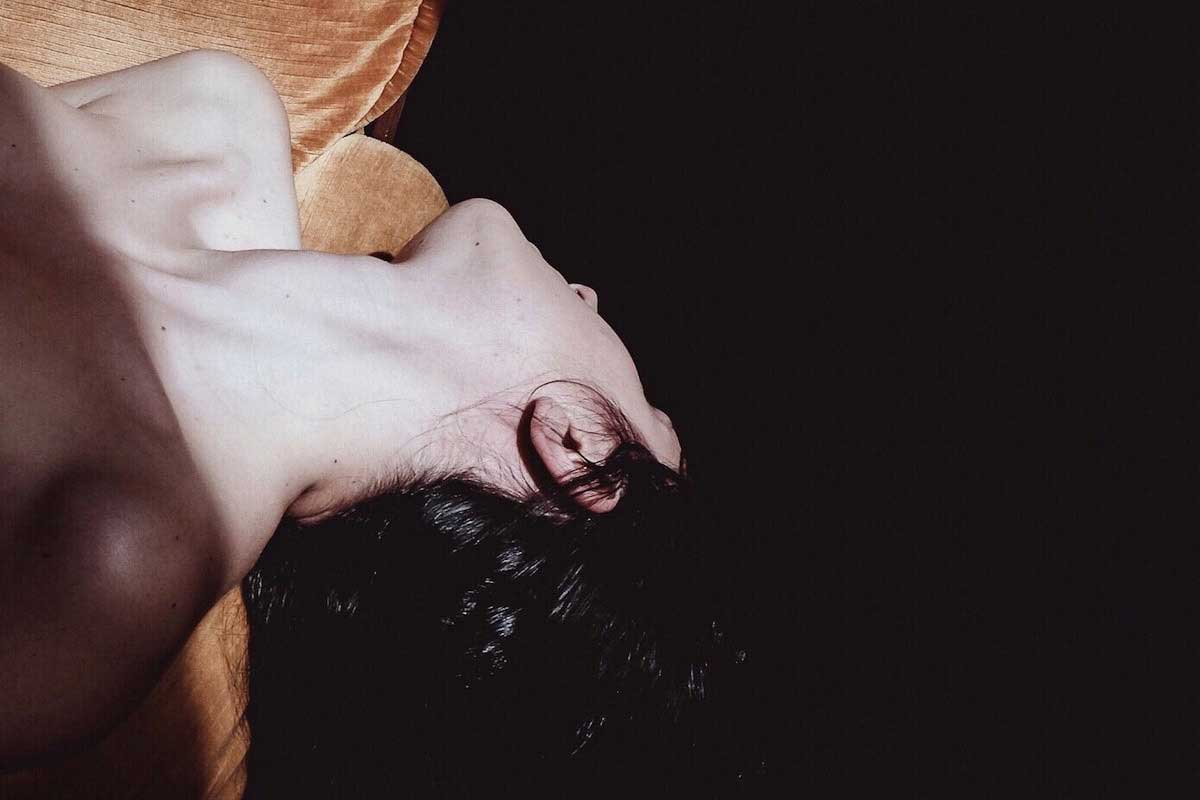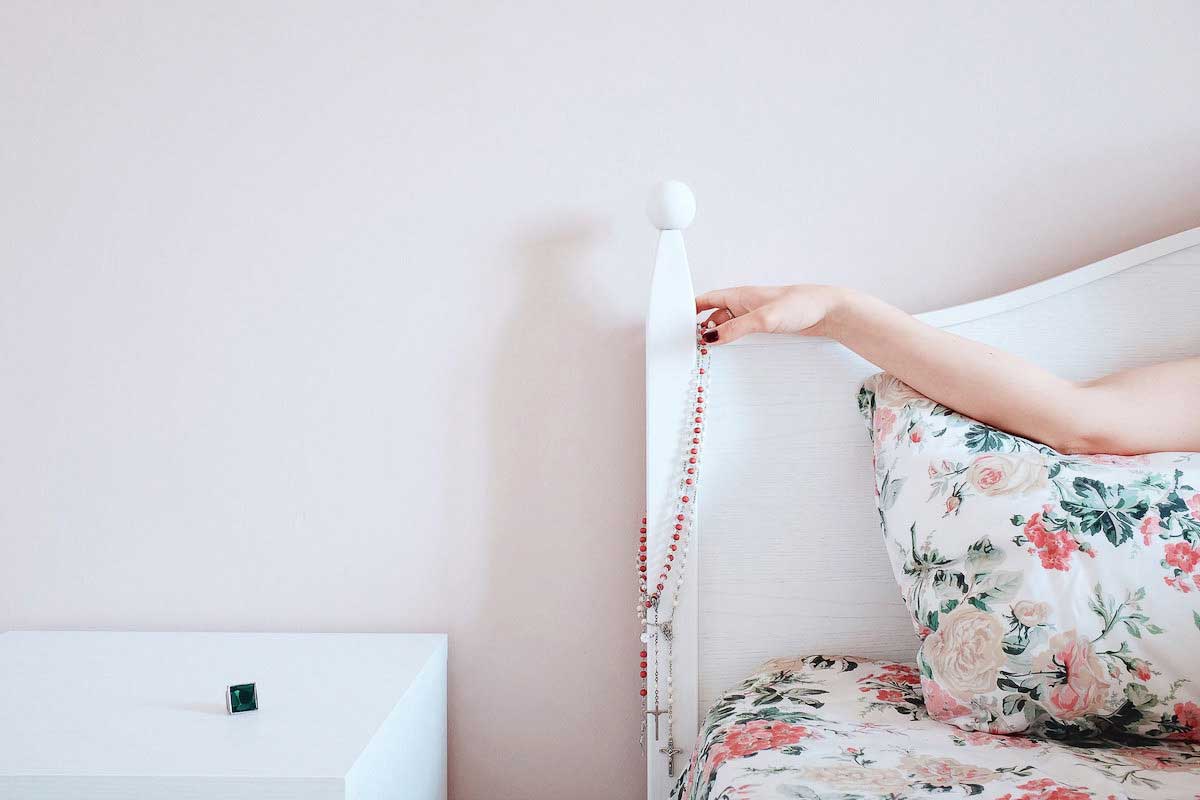Francesco Sambati was born on 12 February 1981 in Lecce , a southern Italian city, more precisely in the southern-most area of the region known as Puglia.
He currently works with full-time photography, even if he has approached it quite late: «late enough» because despite having attended the artistic high school of his city and despite his father being a painter / sculptor who has made him immerse in art as a child, he approached photography only about four years ago.
Before turning to photography (he is completely self-taught) he worked in the drafting of a television network, until one day, about 4 years ago, accidentally he snapped a photo of a girl looking at the sea and since then he has never stopped: he realizes that photography is the most suitable means of communication for him, he left his job and he devoted to photography.
Four years of photographs, but only the last year begins to show them around, trying to circulate them online until you get to the first publications, collective exhibitions and finally the first personal exhibition.He snap photos of any kind without stopping, in order to recover the lost time. Although a versatile photographer, his photos capture the impact and simplicity of light. Lights and shadows play an important part in his art. He almost uses it as an excuse to show us what he wants us to see.
Sambati’s photography is a simple photograph, I do not have particular methods, the only important thing is the spontaneity of the subject and the randomness of the environment: nothing must be pre-built and pre-established: he does not like the pictures taken in pose. So, spontaneity and tranquility are the only things you need to photograph.He also does not particularly like photographs that are too full of details, so he tries to maintain a minimalist style or at least show only the essential, because I think too many useless details take too much away from the real subject of the image.
Despite this creative freedom, the main vein of his research is the exploration of silence, of communication difficulty, of solitude, as can be seen from his first project, entitled «Aphasia». This project stems from the difficulty of Sambati expressing himself verbally, resorting more simply to represent it through photography: in this society dominated by noise and commotion, almost one forgets the existence of silence, to the point of becoming his personal obsession.
For this reason, he represents his silent female figures, letting them speak only the images and he called this series of photos «Aphasia», from the Greek a- (deprivation) and “phasis” («voice»). Figures just mentioned in the shadows or completely enveloped by sunlight, they chose solitude instead of becoming victims of the crowd and the city. Silence and femininity, frozen in reality, become a state of mind. Impassive, firm, ambiguous, projecting us into a dimension that we perceive, but we do not see all the way down. In this series, open spaces and interiors alternate creating images where the true nature of things and the ideal perhaps, for a moment, can coincide. He likes what is suggested rather than said, he prefers to focus on what his pictures do not show or say, rather than explicitly communicating a meaning or even simply a gesture. [Official Website]



